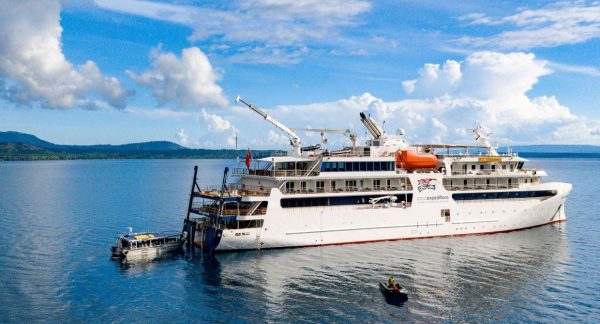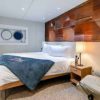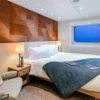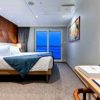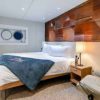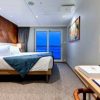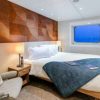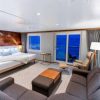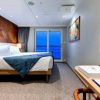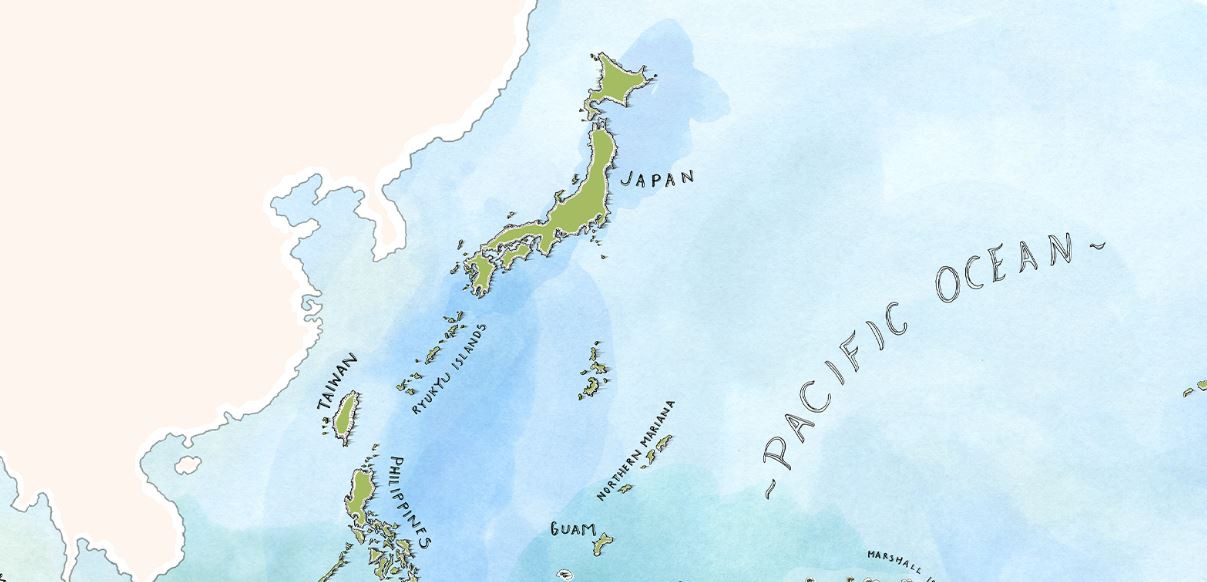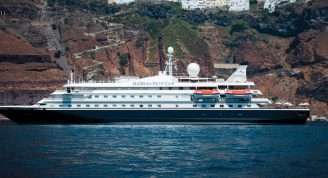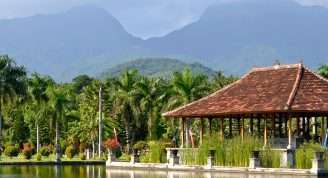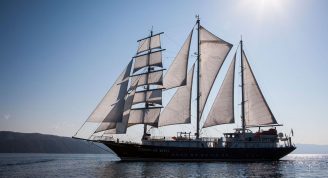Description
On your remarkable voyage, you will journey through the remote Northern Mariana Islands and the Japanese island groups of Ogasawara and Izu. Along the way, immerse yourself in WWII history and the raw nature of your surroundings. Explore Rota Island in the Marianas Archipelago, the ‘friendly island’ with palm-fringed beaches and aquamarine waters. See the prehistoric House of Taga stone pillars on Tinian Island, along with the historic WWII site where the Enola Gay was loaded with its atomic bomb payload to be dropped on Hiroshima. Visit significant WWII battle sights in the ‘War in the Pacific’ Parks across the Mariana Islands, and enjoy swimming hole grottos carved by erosion and hiking trails. Spot endemic bird species like the Marian fruit dove and white-throated ground dove and look for the near-extinct reed warbler. Explore the Ogasawara Island Group, listed as a UNESCO World Heritage site for their diversity of natural flora and fauna and diverse ecosystem. Discover a secret WWII submarine base, see how the landscape is changed by volcanic eruptions, and enjoy hot springs and waterfalls within moss-draped forests. Be immersed in local culture at a Hachijo Taiko drum performance and kimono workshop and wander the ancient stone-walled laneways of the Hattori Residence. This voyage into Japan introduces you to rarely-visited islands where stories of nature, culture and history can be told.


